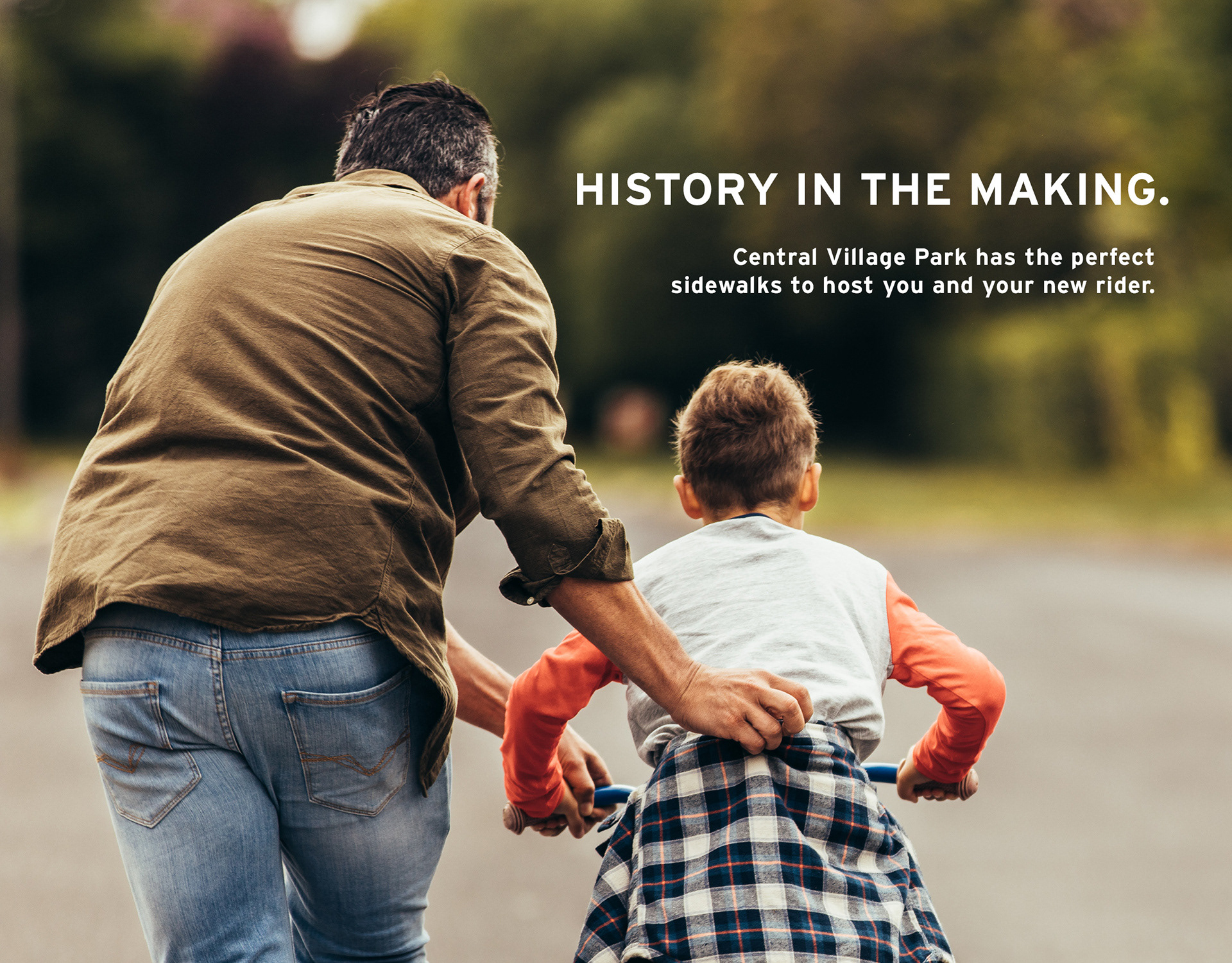Drumbite App
Prototype and Case Study
You ever heard a song and want to know how to play it on the drums? My app has the ability to hear music and isolate the parts you want to learn right away using AI and actually able to show you what the music looks like in drum notation. Save songs to a “rhythm bank” for a variety of practicing tools or to collect your favorite rhythms, or song “bites.” This semester long case study was conducted with a series of nine steps including: need-finding, product strategy, wireframing, usability testing and others. I analyzed competitors like Moises.ai, SoundHound, and even Youtube, which addressed different aspects of my problem. I discovered this "problem" during my need-finding interview with my brother. He said he usually has to look up the songs to hear them when he receives music for the first time. Drumbite bridges that gap between the visual and auditory learning styles of drummers like himself. Now he can learn rhythms based on how they sound AND look.
Feature One
To add a new song to your "Rhythm Bank," Drumbite allows you to search for media through a variety of ways like URLs. Paste in any link with music and Drumbite will upload the audio and write your drum notation out. Once it "locks in" using a loading screen that resembles a record, you switch to the media player feature. Users during the solution interview phase voiced that they wanted this option available for the New Song feature.
Feature Two
I wanted my app to have a large number of customizations available, with one of them saving specific sections (or bites) of songs with the parts you love or want to learn. This trim tool allows you to define the duration of your selection and tells you how many measures you have selected. Sample it using the play button or come back and edit it anytime.
Feature Three
60% of people during my Solution Interviews said that it was important to be able to the tempo for more practicing abilities. Besides changing the song's original BPM, one can utilize the smart metronome. Drumbite allows you to have the click track balanced between your left and right channels at a custom volume so it doesn't overpower the music. Lastly, customize the cadence of the click with a high, normal, or low-pitched setting to put the emphasis on whichever beats you prefer. It was a challenge to use pure color to convey this feature without the responsive sound to help users understand during this feature test.
Features Four and Five
Once again, customization was of the utmost importance. Being able to mute, increase or decrease the volume of vocals, other instruments, and each of the drums was important in establishing the connection between the visual and auditory custom elements. Once all these edits have been made, the last step is to save it back to your "Rhythm Bank" or library. It gives a song overview with the time signature, duration, key, and BPM. It tells you how many measures you have selected per "groove" and has the option to name each selection within that song. Once you are done editing, it becomes the highlighted song on your "Recent" tab so you can easily jump back in.
Feature Six
In accordance with my competitive analysis, I needed to conceptualize a feature like Shazam to allow as many options for uploading media as possible. At first, I wanted to make it so it could write drum notation while listening to live music simultaneously but my professor argued against that. People who practice drums would most likely come back to the app at a more convenient time rather than for example: being at a loud event and having to save through all the customizations instead of it being sent right to your library.









